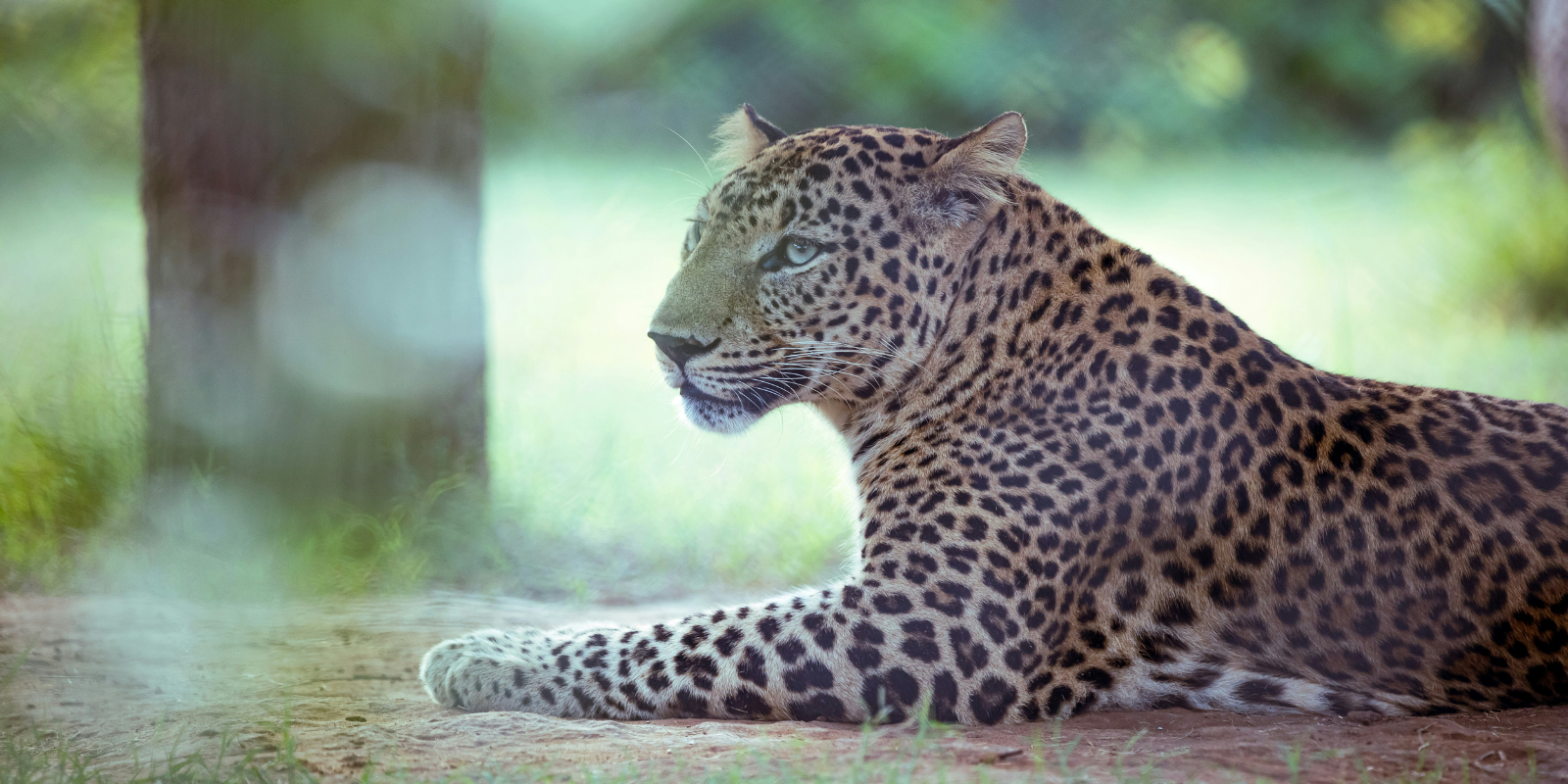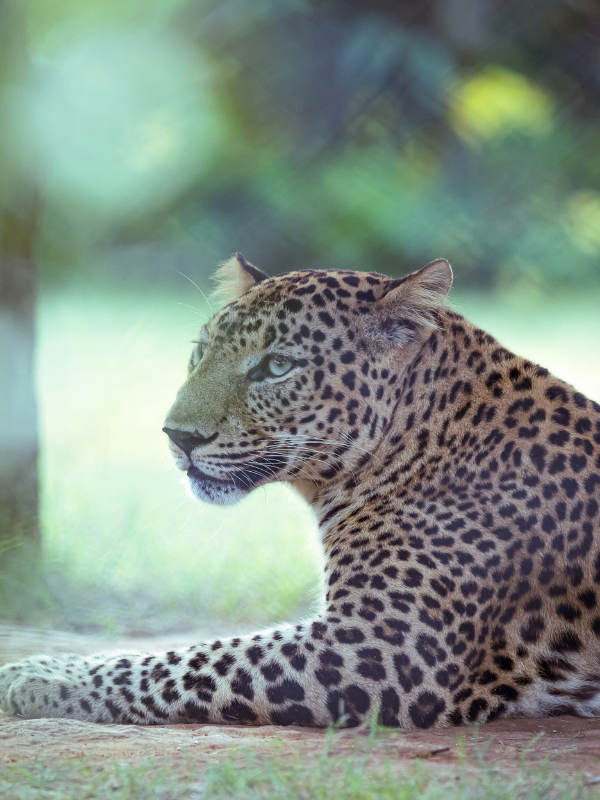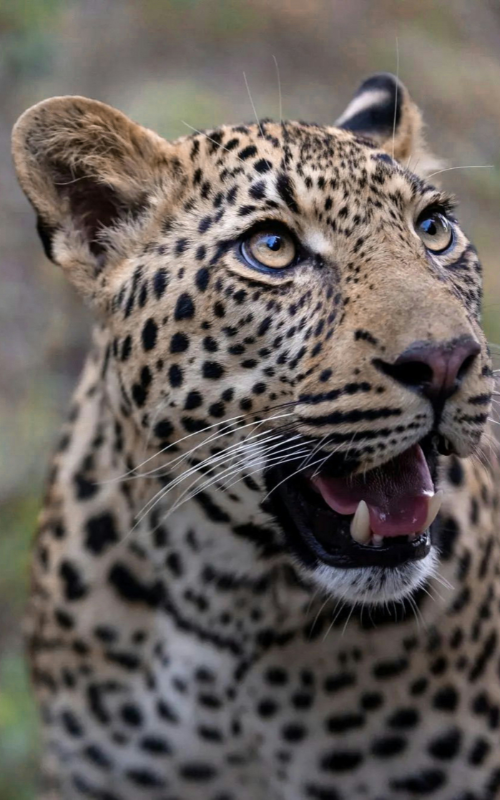

Subhasish Chakraborty
The Lure of The Himalaya
The Himalayas are an enigma, yet so be it! Spanning a distance of 2,500 kms in length and between 150 kms and 350 kms in breadth, and with the highest summit approximately 9 kms above sea level, the greatest mountain range on Planet Earth is renowned for its geological grandeur, and geographical and cultural diversity.
Legends and exhilarating tales of epic adventures and stellar mountaineering feats abound. The richness of the Himalaya’s folklore and mythology has drawn the imagination of the world since ancient times. And no wonder the odyssey continues, in the form of humanity’s ever-evolving quest to fathom the sheer magnitude of this magnificent mountain range.
A Peek into the Kumaon Himalayas
Kumaon is an administrative division of Uttarakhand and forms the eastern part of the north Indian state. It is surrounded by Tibet to the north, Nepal to the east, Garhwal to the west, and Uttar Pradesh to the south. Popularly referred to as the ‘Lake District of India,’ Kumaon is renowned for its many bewitchingly beautiful lakes.
The Himalayas in Kumaon encompass the imposing Siwalik Range to the south and a portion of the Great Himalayas to the north. India’s second highest peak, the awe-inspiring Nanda Devi, all of 7,817m in height, is an absolute teaser. This part of the Himalayas is considered to be ecologically fragile and thus preservation of the ecosystem, and ensuring a carbon-neutral footprint, are high on the government’s priority list.
Since ancient times, the Kumaon Himalayas has been home to some of India’s most fascinating tribes, such as the Tharus, Bhutias, Jaunsaris, Buksas, and Rajis, whose unique lifestyle and folklore have been the subject of study – and awe – for anthropologists and researchers of culture.
And in the days of yore, the British displayed an affinity for Kumaon, building exquisitely beautiful hill stations like Nainital, Ranikhet and Almora, which continue to be celebrated for their quintessential colonial architecture.

Wilderness Legacy of Jim Corbett
James Edward Corbett (25 July, 1875, to 19 April, 1955), an Anglo-Indian who was one of the world’s greatest hunter-conservationists and naturalists, earned fame for hunting a large number of man-eating tigers and leopards in Kumaon.
Back then, the region was teeming with these wild cats and Corbett’s expertise was often sought by the then British authorities. It is believed that the man-eaters of Kumaon had killed more than 1,000 people, leaving behind a trail of devastation, and fear among the local populace.
The manner in which Corbett made Kumaon free of tigers and leopards is the stuff of legend and finds expression in biographies and films. He documented his exploits as a hunter in his bestselling books, ‘Man-Eaters of Kumaon’ and ‘Jungle Lore,’ in which he lucidly and engagingly describes his encounters in and with the wild.

As a mark of respect for his feats, an exclusive wildlife reserve is named after him. Jim Corbett National Park, some 125 kms from Almora, is considered by many as one of India’s top-five wildlife reserves, and boasts the highest density of tigers in the country.
Binsar Wildlife Sanctuary: Beauty and the Beast!
Binsar Wildlife Sanctuary is home to leopards, the Himalayan Goral and musk deer, wild boar and jungle cat, Sumatran Serow and rhesus macaque, and the giant flying squirrel, to name just a few. However, it is for leopards that Binsar is most famous.
It might not be on the bucket list featuring India’s iconic wildlife parks, like Ranthambore, Bandhavgarh, Corbett and Kaziranga. And yet, Binsar is inescapable in its hidden allure. It’s also off the beaten track. No other wildlife zone in India offers the kind of Himalayan spectacle it does. And I am talking about the scale – an uninterrupted stretch of 300 kms with powdery peaks like Nanda Devi, Nanda Kot, Kedarnath, and Panchachuli, all lined up as if taking part in a beauty pageant!
In spite of the onslaught of modernity, this wildlife sanctuary has fiercely protected its biodiversity, determinedly forsaking any attempts at commercialization – the latter finding reflection in the solitary single road that criss-crosses the whole sanctuary.
Wood Villas Binsar Safari
One of Kumaon’s renowned wildlife safari operators is the Koranga family’s Wood Villas Safari. Chandan Singh Koranga, a proud and ‘millennial’ Kumaoni native, has been operating safaris to Binsar Wildlife Sanctuary with tremendous zeal and innovation. Among his forefathers are the late Dewan Singh Koranga and Nandan Singh Koranga; the latter (his father) served with great distinction in one of the Indian Army’s oldest and most decorated infantry units, the Kumaon Regiment.
On a typical jungle safari to Binsar, Chandan Singh, who learnt the intricacies of safari expeditions from his grandfather, is a bundle of excitement and energy, crafting the itinerary route (including which Kumaoni villages to visit), checking the condition of the 4x4 vehicles, and arranging the logistics like tents and food, etc. In short, Chandan’s pre-safari preparedness is worth emulating as he leaves nothing to chance, knowing fully well that one mistake on those treacherous trails in Binsar could prove disastrous!

“My late grandfather, Shri Dewan Singh Ji, was fortunate enough to spend a lot of time with Jim Corbett at a time when the entire Kumaon Himalayas was infested with dangerous man-eaters. We grew up listening to stories about Corbett’s courage in confronting the big cats,” recalls Chandan Singh. “However, we Kumaonis do not consider tigers and leopards as predators; rather, we believe their presence is an indication that our ecosystem is healthy. Perhaps, this attitude originated from the great hunter-turned-conservationist Corbett himself, who first instilled in us the need to be sympathetic to the big cats.”
Most of Chandan’s discerning guests come to explore the Kumaon Himalayas in its entirety, an experience that can take anywhere between 10 and 15 days. They are provided accommodation in his signature Wood Villas retreat, located in the picturesque hamlet of Dhamas, 32 kms from Almora and at an altitude of 1,424 metres (4,672 feet). From this vantage point, the majesty of the Himalayas is truly spellbinding.
Wood Villas Safari offers tailor-made treks inside the sanctuary. The Ghoralkot Trek (3 kms) is especially popular, largely due to the stunning Himalayan panoramas from Zero Point. For visitors who are avid birdwatchers, Binsar is among Uttarakhand’s best birding zones, home to over 200 resident species – you can have a date with the Eurasian jay, bar-tailed treecreeper, and oriental turtle dove, to name just a few.
Besides being an extension of the Koranga family’s commitment towards preserving the fragile ecosystem of the Kumaon Himalayas, the safari tours present travellers with the chance to experience a stay in a traditional Kumaoni village. Indeed, here, the essence is on slow and mindful exploration. Carrying forward the legacy of Jim Corbett isn’t all that easy but Wood Villas Safari follows Corbett’s quote, ‘Take nothing but photographs, leave nothing but footprints,’ to the hilt.
For jungle safari and wildlife photography tours, get in touch with:
Wood Villas Safari
Chandan Singh Koranga,
Him Valley Infra (Woods Villa)
Village Dhamas,
Sitlakhet Road, Dhamas
Uttarakhand 263601
Phone: +91-7505001510